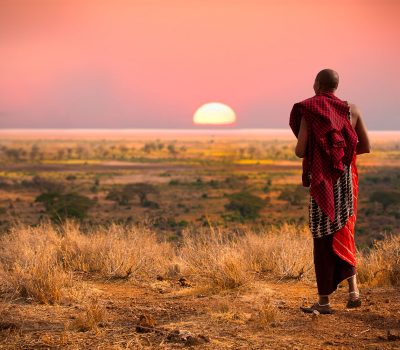The Maasai Mara National Reserve (MMNR) covers some 1,510 km2 (583 sq mi) in south-western Kenya. It is the northern-most section of the Mara-Serengeti ecosystem, which covers some 25,000 km2 (9,700 sq mi) in Tanzania and Kenya. It is bounded by the Serengeti Park to the south, the Siria escarpment to the west, and Maasai pastoral ranches to the north, east and west. Rainfall in the ecosystem increases markedly along a southeast–northwest gradient, varies in space and time, and is markedly bimodal.
Wildebeest, topi, zebra, and Thomson’s gazelle migrate into and occupy the Mara reserve, from the Serengeti plains to the south and Loita plains in the pastoral ranches to the north-east, from July to October or later. Herds of all three species are also resident in the reserve.
All members of the “Big Five” (lion, leopard, African elephant, African buffalo, and black rhinoceros) are found in the Maasai Mara. The population of black rhinos was fairly numerous until 1960, but it was severely depleted by poaching in the 1970s and early 1980s, dropping to a low of 15 individuals. Numbers have been slowly increasing, but the population was still only up to an estimated 23 in 1999.

